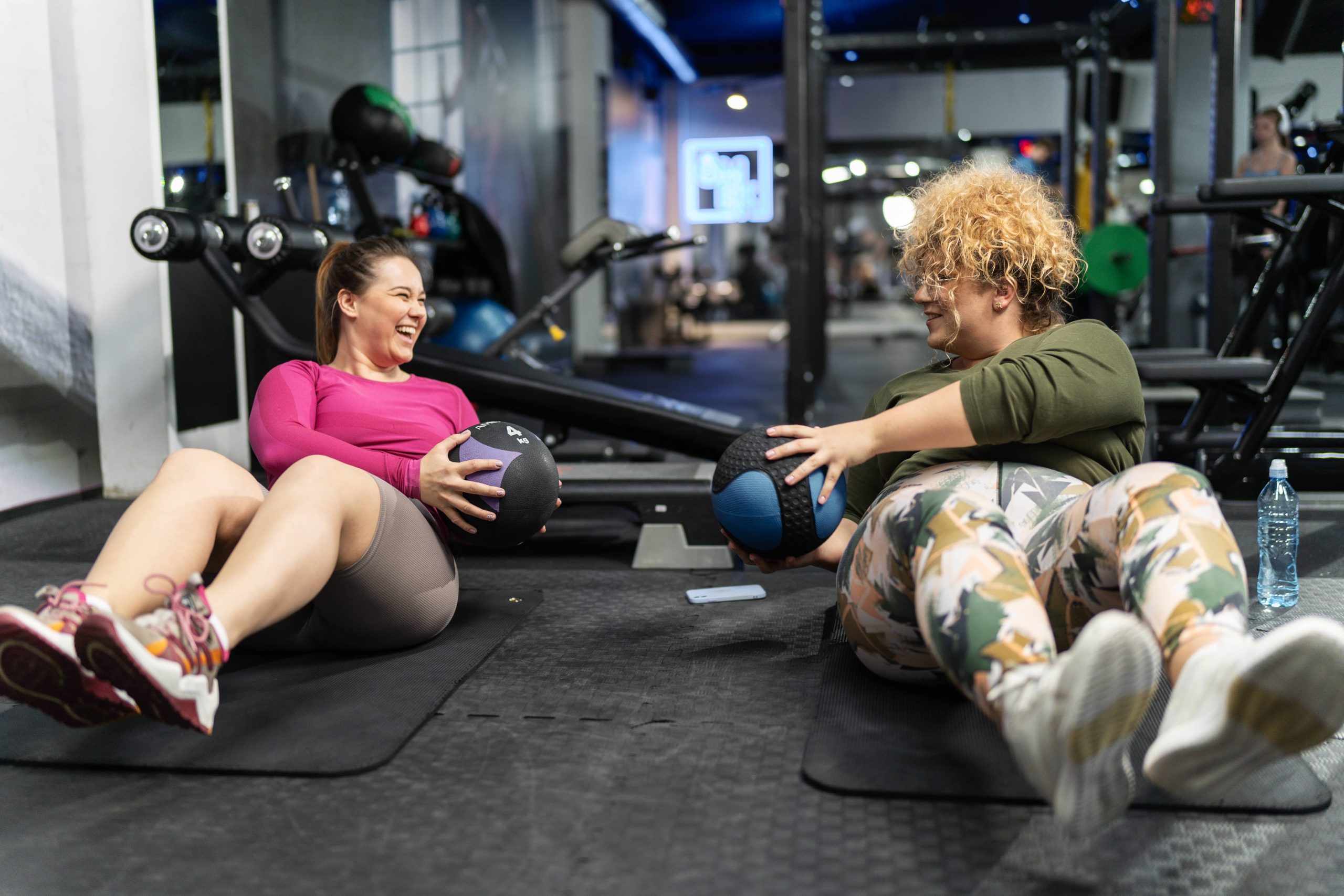
In the world of fitness, we often find ourselves chasing the latest trends, from high-intensity interval training to yoga and pilates. However, sometimes the most effective solutions are the simplest ones, and they have been right under our noses—or, in this case, right under our hands and knees. Crawling, a fundamental movement pattern that we all mastered as infants, is gaining recognition as a powerful exercise for adults. This seemingly basic activity offers a multitude of benefits that can enhance your fitness routine, improve your overall health, and even boost your mental well-being.
The Basics of Crawling
Crawling is a quadrupedal movement, meaning it involves moving on all fours. It is a natural, primal movement that humans instinctively perform as babies. This movement pattern is crucial for developing coordination, balance, and strength in infants. As we grow older, we tend to abandon crawling in favor of more complex movements, but revisiting this basic exercise can yield surprising benefits.
The Benefits of Crawling
1. Full-Body Workout: Crawling engages multiple muscle groups simultaneously. It works the shoulders, arms, chest, core, hips, and legs, providing a comprehensive workout. Unlike isolated exercises that target specific muscles, crawling promotes functional strength and coordination.
2. Core Strength and Stability: Crawling requires significant core engagement to maintain stability and balance. This helps strengthen the deep core muscles, which are essential for maintaining good posture and preventing injuries.
3. Improved Coordination and Motor Skills: Crawling involves cross-lateral movement, where opposite limbs move together. This pattern enhances coordination and motor skills, which can translate into improved performance in other physical activities.
4. Joint Health and Mobility: Crawling is a low-impact exercise that promotes joint health and mobility. It encourages the natural range of motion in the shoulders, hips, and spine, helping to prevent stiffness and improve flexibility.
5. Cardiovascular Benefits: While crawling may not seem as intense as running or cycling, it can still elevate your heart rate and provide cardiovascular benefits. Incorporating crawling into your routine can improve your endurance and cardiovascular fitness.
6. Mental Health and Cognitive Benefits: Crawling requires focus and concentration, which can have positive effects on mental health. The rhythmic, repetitive nature of crawling can also be meditative, reducing stress and promoting relaxation.
How to Incorporate Crawling into Your Fitness Routine
1. Warm-Up: Start with a gentle warm-up to prepare your body for crawling. This can include dynamic stretches and mobility exercises to loosen up your joints and muscles.
2. Basic Crawl: Begin with the basic crawl, also known as the baby crawl. Get down on all fours, with your hands directly under your shoulders and your knees under your hips. Move your right hand and left knee forward simultaneously, then switch to your left hand and right knee. Continue this pattern, keeping your core engaged and your movements controlled.
3. Bear Crawl: Once you are comfortable with the basic crawl, try the bear crawl. In this variation, lift your knees off the ground, keeping your hips elevated. This increases the intensity and engages your core and upper body even more.
4. Crab Crawl: For a different challenge, try the crab crawl. Sit on the ground with your feet flat and your hands behind you. Lift your hips off the ground and move forward or backward by alternating your hands and feet. This variation targets the triceps, shoulders, and glutes.
5. Incorporate Intervals: To increase the intensity, incorporate crawling intervals into your workout. For example, crawl for 30 seconds, then rest for 30 seconds. Repeat for several rounds to elevate your heart rate and build endurance.
6. Combine with Other Exercises: Crawling can be combined with other exercises to create a full-body workout. For example, you can perform a circuit that includes crawling, push-ups, squats, and lunges.
Tips for Safe and Effective Crawling
– Maintain Proper Form: Keep your back straight, core engaged, and movements controlled. Avoid arching your back or letting your hips sag.
– Start Slow: If you are new to crawling, start with short sessions and gradually increase the duration and intensity as you become more comfortable.
– Listen to Your Body: Pay attention to how your body feels during and after crawling. If you experience any pain or discomfort, stop and rest.
– Use a Soft Surface: Crawling on a soft surface, such as a yoga mat or carpet, can reduce the impact on your joints and make the exercise more comfortable.
Conclusion
Crawling is a versatile and effective exercise that can benefit individuals of all fitness levels. By incorporating crawling into your routine, you can improve your strength, coordination, and overall health. This primal movement pattern is a reminder that sometimes the simplest solutions are the most powerful. So, the next time you’re looking to shake up your fitness routine, consider getting down on all fours and rediscovering the benefits of crawling.











